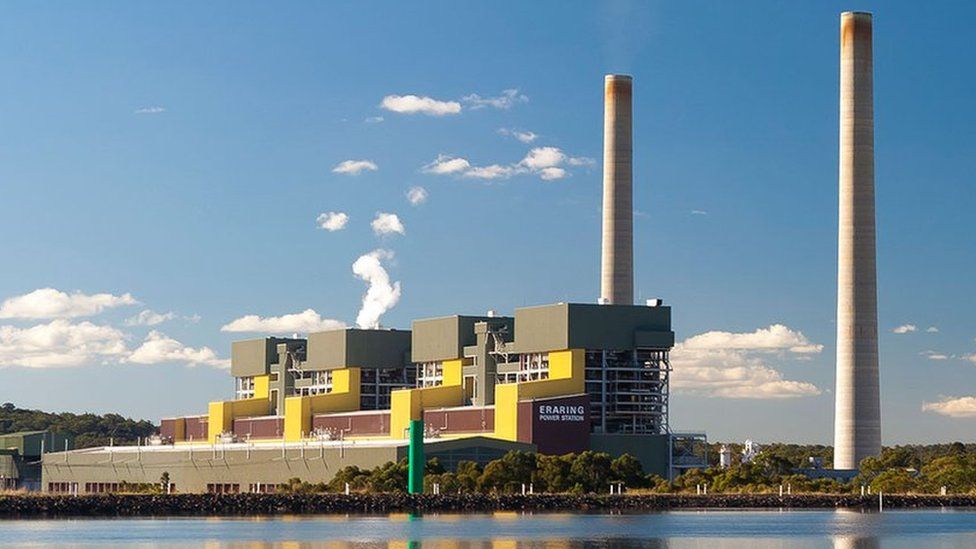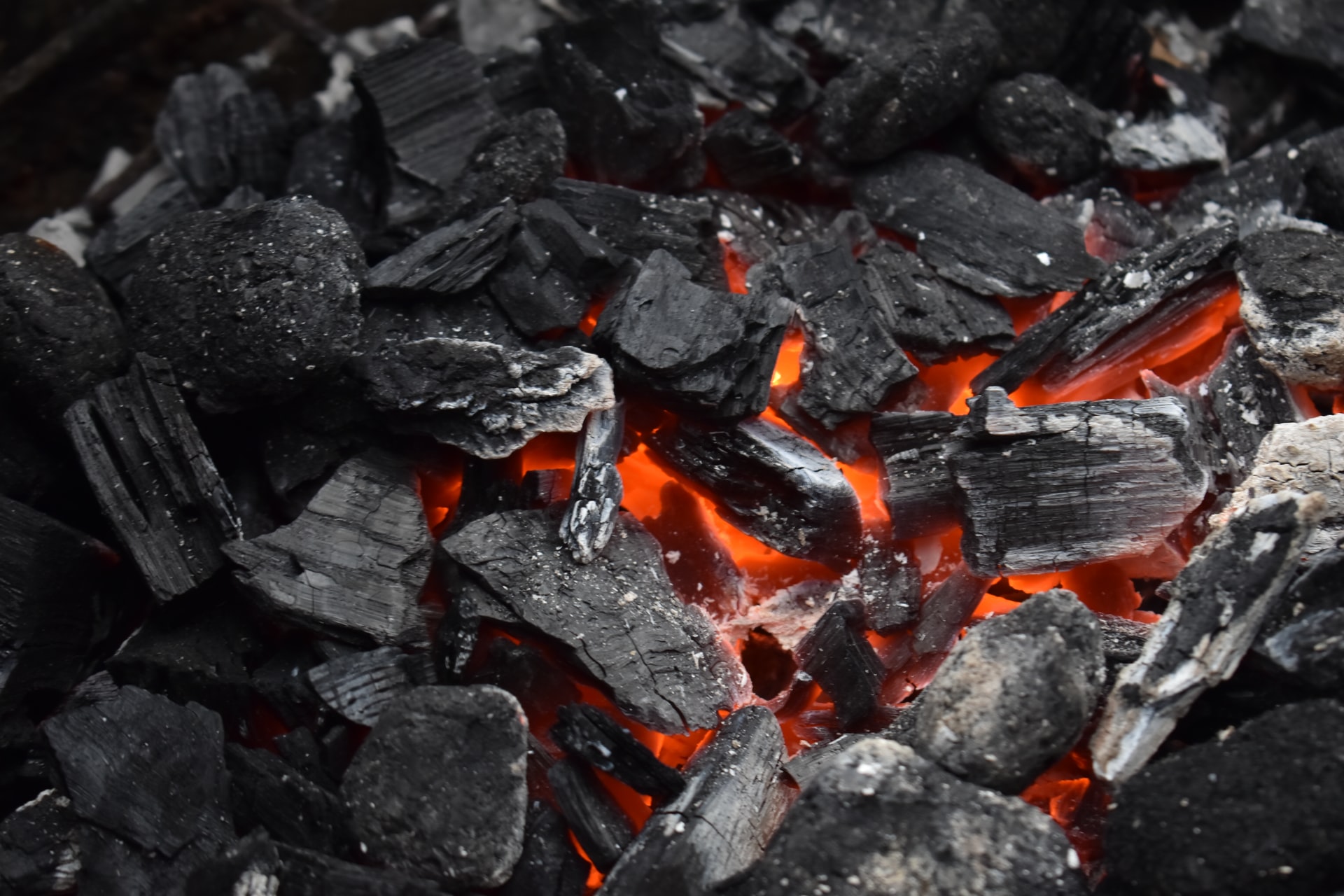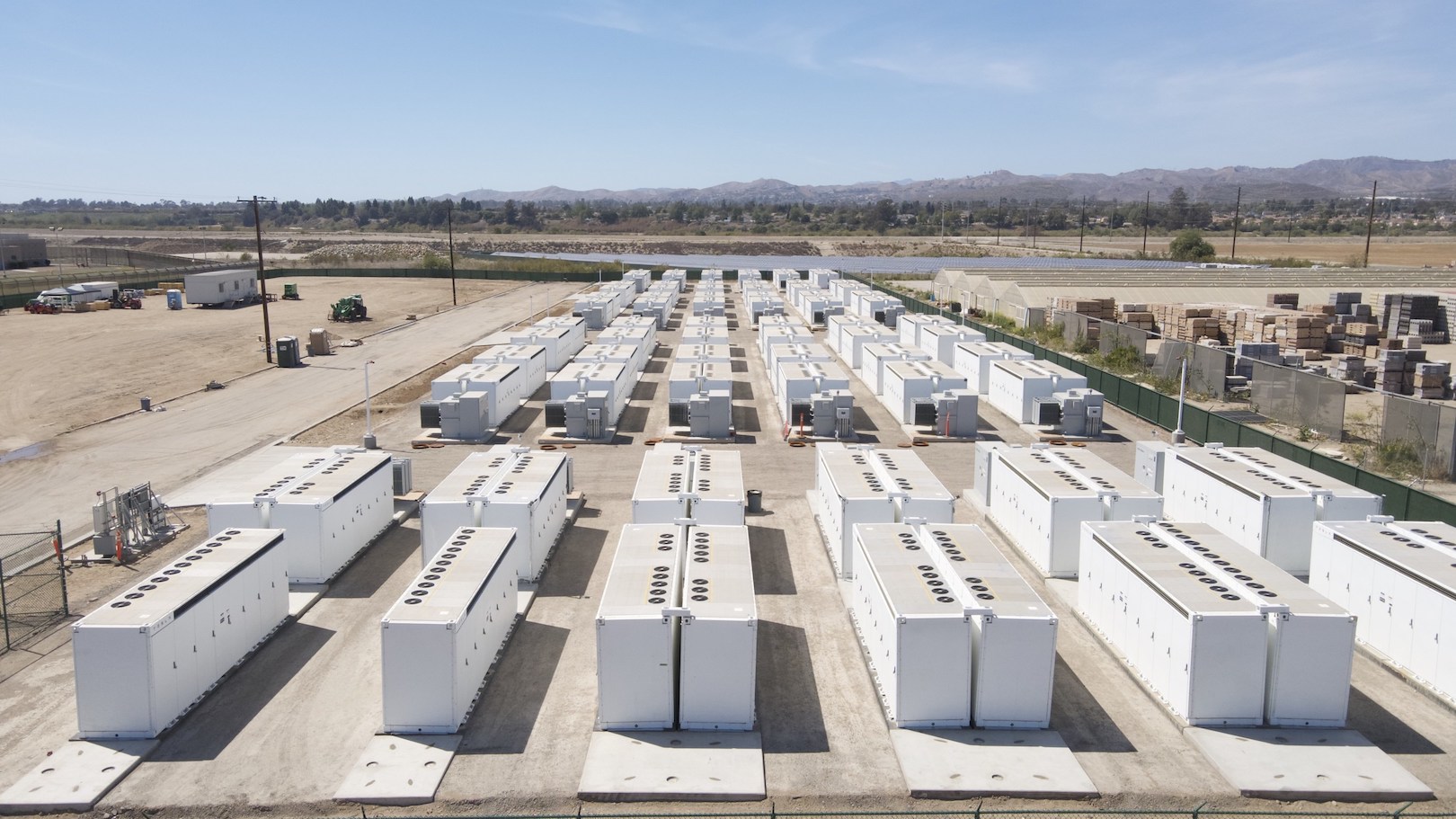
- Sustainable Planet -
- 4mins -
- 164 views
Australia’s biggest coal plant to close 7 years early
The 2.88 gigawatt Eraring plant will close seven years earlier than planned, as its operator became increasingly unable to compete with the “influx of renewables”.
Largest fossil-fuel power plant in coal-reliant Australia to close seven years early
Australia’s largest coal-fired power station will close seven years earlier than planned, as its operator says it is increasingly unable to compete with the "influx of renewables". The 2.88 gigawatt Eraring plant is located in the Hunter region north of Sydney and operated by Origin Energy. The plant will now close in 2025 and be replaced by a large-scale battery. It adds to a long list of coal plants forced shut by the growth of cheap wind and solar energy in the country. "Australia’s energy market today is very different to the one when Eraring was brought online in the early 1980s," Origin’s chief executive Frank Calabria said. – BBC

Origin Energy to shut Australia’s largest coal-fired power plant early
Origin Energy is seeking approval to shut Australia’s largest coal-fired power plant seven years early, with the Eraring facility in the NSW Hunter region now set to close by August 2025. The company said notice has been submitted to the Australian Energy Market Operator (AEMO) indicating the potential early retirement of the plant after the required three-and-a-half-year notice period.
Eraring is the biggest of 16 remaining coal-fired power plants supplying the National Energy Market (NEM), with seven of those already scheduled to close by 2035 and the last planned to shut by 2051.
Australia’s ABC news network wrote that Origin has 240 employees at the power plant, but contractors raise the total number of staff there to about 400.
While electricity generated from coal still supplies 60% of power in the National Energy Market, that is down from 87% when records began in 2006.
Eraring is Origin’s only coal-fired power station, meaning that the company will generate power from a combination of renewables and gas. In its place, the company said it has "well-progressed plans" for battery storage of up to 700 megawatts on the site.
"Origin’s proposed exit from coal-fired generation reflects the continuing, rapid transition of the NEM as we move to cleaner sources of energy," said the company’s chief executive, Frank Calabria. "The reality is the economics of coal-fired power stations are being put under increasing, unsustainable pressure by cleaner and lower cost generation, including solar, wind and batteries."
Source: ABC.net.au

Australia still lacks exit plan for coal
Even though coal plants are shutting up shop faster, writes Chris Briggs for The Conversation, Australia still doesn’t have an exit plan for coal. That’s unlikely to change, given neither major party is going to want to “own” the closures in an election year.
As a result, this pattern seems likely to continue: renewable energy will continue to grow as the cheapest form of electricity generation, governments will put in place policies to accelerate its growth, and it will be left to the market and asset owners to make decisions on closures without a policy framework. This is extremely risky.
Origin has done the right thing by giving three-years notice, committing to a transition plan for its workforce and investing in battery storage. But energy market players don’t consider the penalties for not complying with notice requirements an effective deterrent, compared to the financial incentive to hang on and hope for a price uplift when other plants close.
This means we’re left relying on the owner’s goodwill, enlightened self-interest and fear of reputational damage to act responsibly.
Maybe Australia will muddle through like this. But without a plan, the country is at risk of a rush of closures in future years with disastrous impacts on electricity prices, regional economies and livelihoods in coal communities.
A variety of models for an orderly exit from coal have been proposed and national agreements have been negotiated to phase out coal in other nations such as Germany and Spain. While the Australian Energy Market Operator has noted there are technical challenges in the clean energy transition, it considers they can be addressed. There’s no lack of alternative generation and storage to fill the energy gap from retiring coal plants.
Just this week, the NSW government received expressions of interest from renewable energy and storage projects worth over A$100 billion. The government observed that this was equivalent to the electricity output of ten coal-fired power stations in the Hunter Valley Renewable Energy Zone.
Hopefully on the other side of the election there’ll be a political and policy commitment to an orderly exit from coal – a plan that can manage impacts on our electricity system and support coal power station workers through the inevitable transition.
Source: TheConversation


